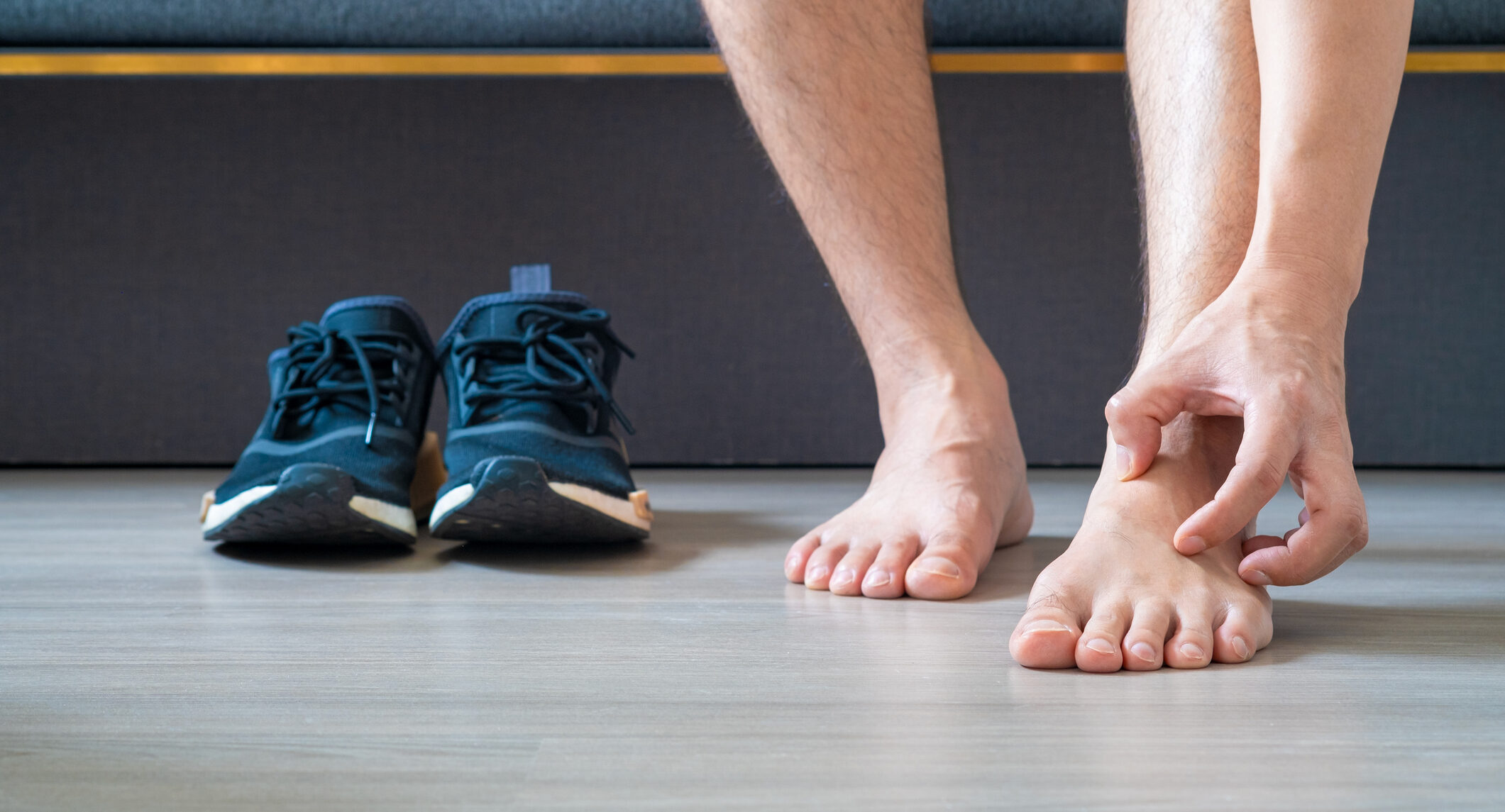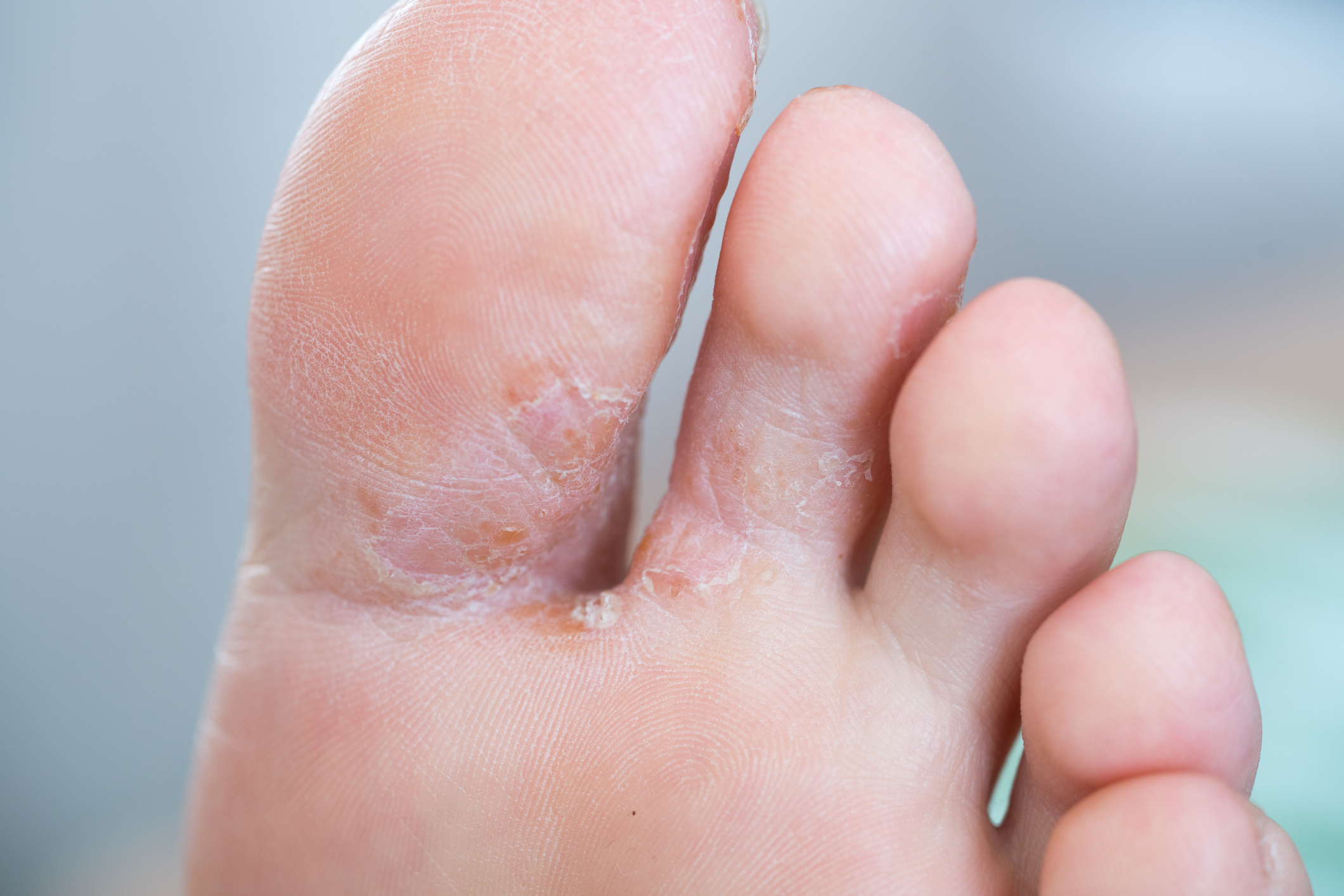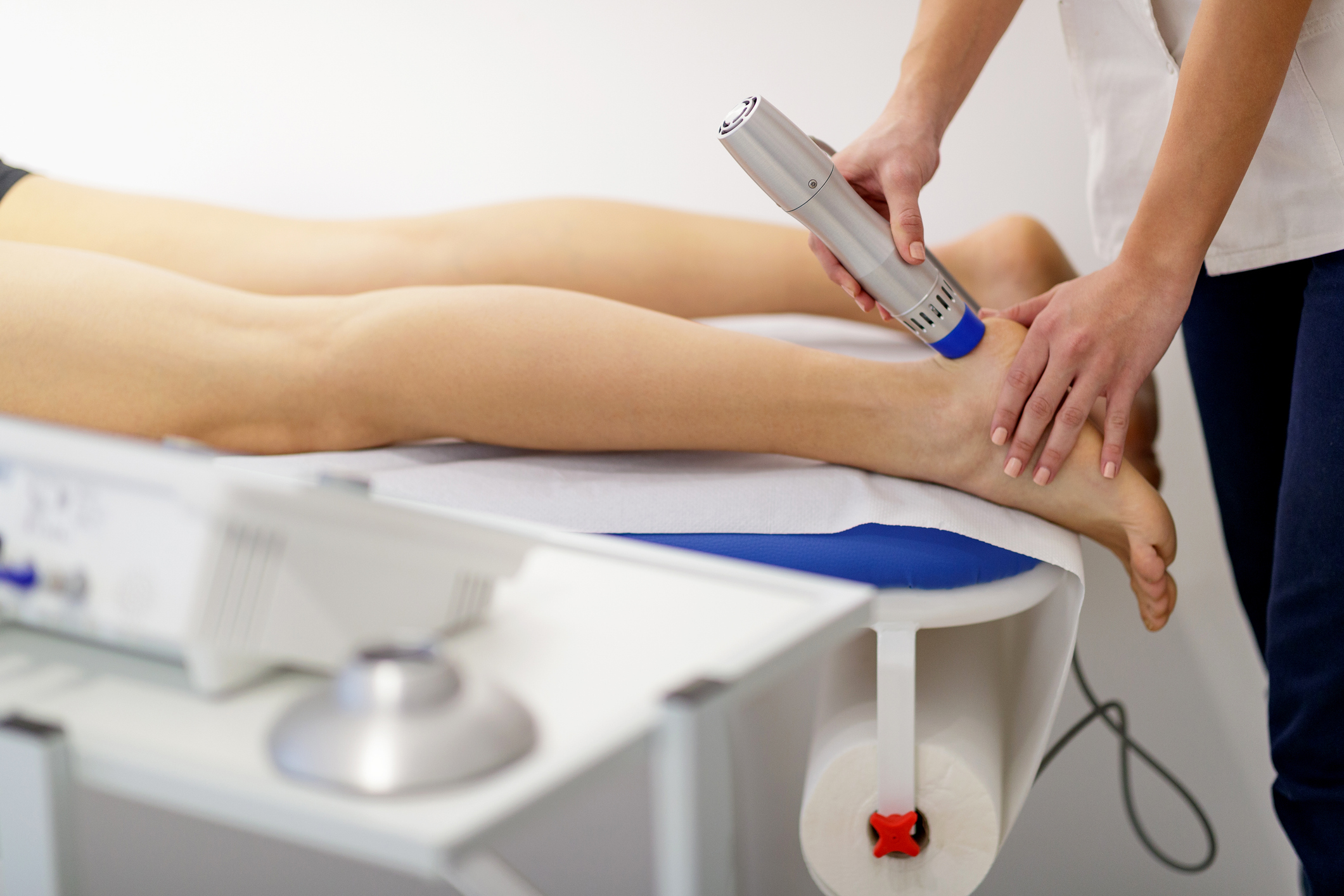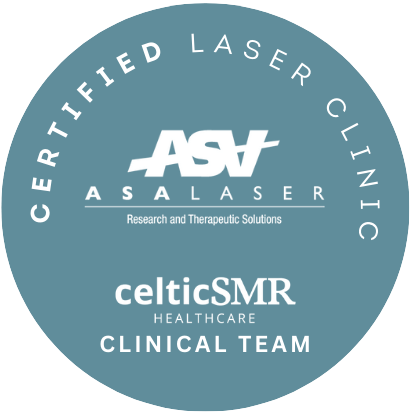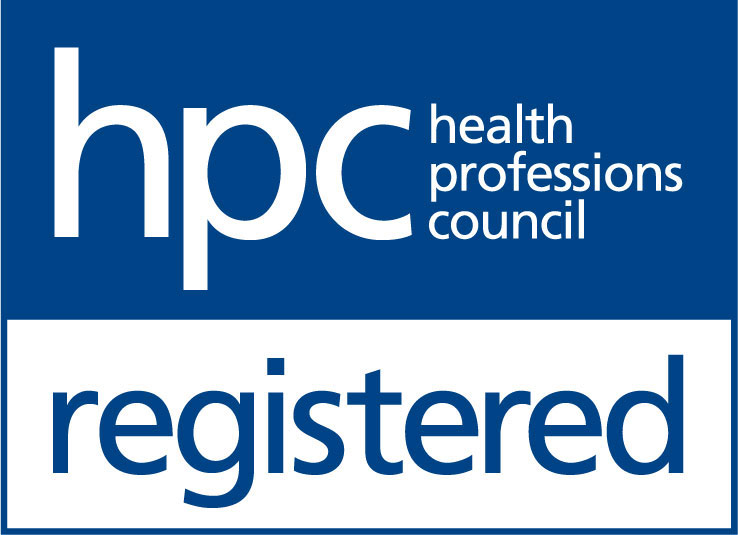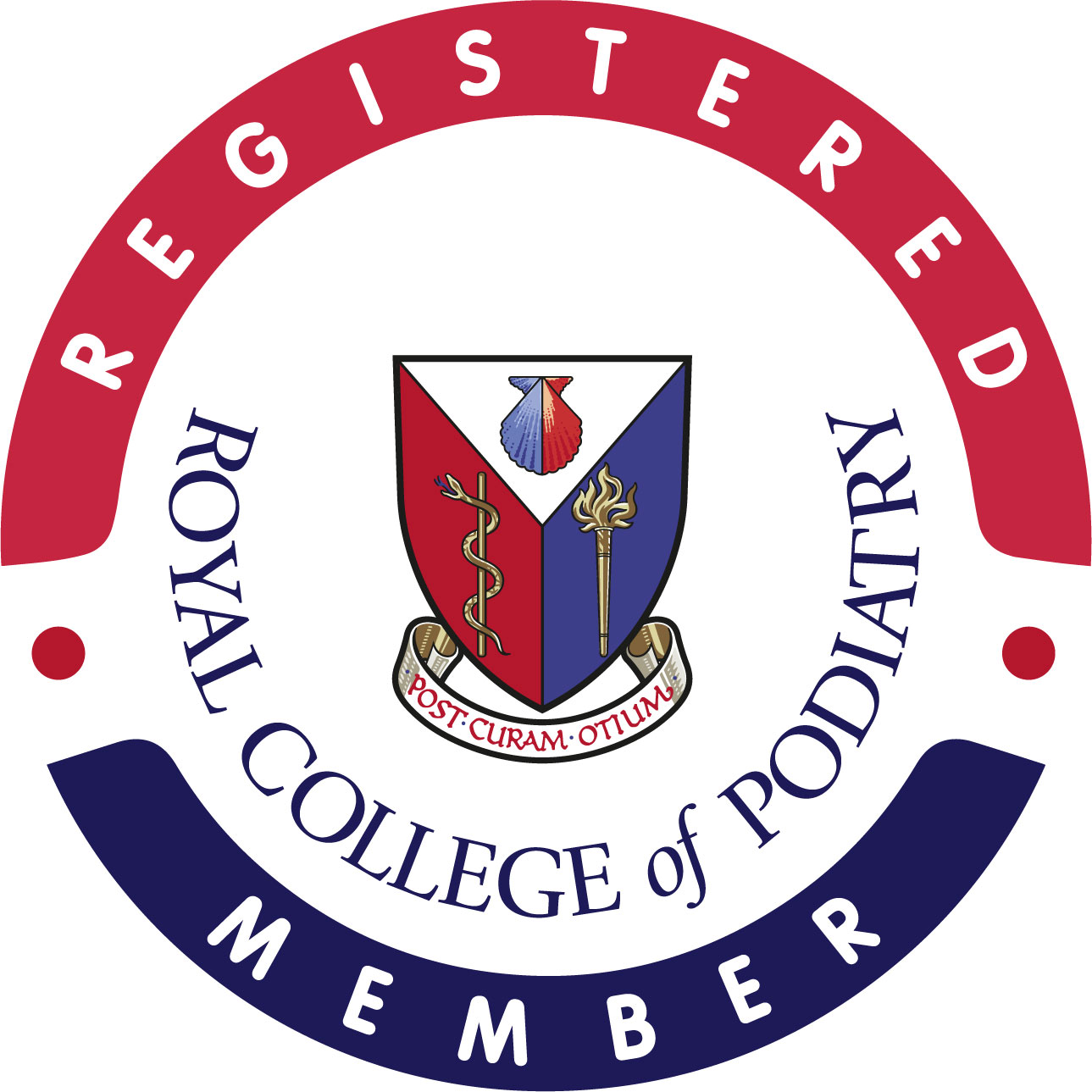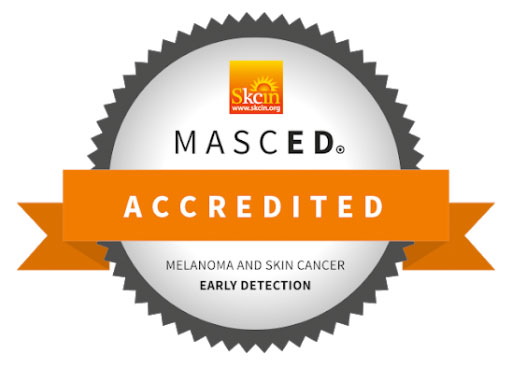Bespoke treatment and advice to manage Athlete’s Foot
Athlete’s Foot is the name given to a fungal infection of the skin. The skin often appears red and raw, and is accompanied by a constant need to scratch the affected areas. The infection can appear over dry areas of your foot, or where the skin conditions are warm and moist. At Podiatry Station, we are highly experienced in diagnosing and treating Athlete’s Foot to bring you the best results.
Book an appointment


